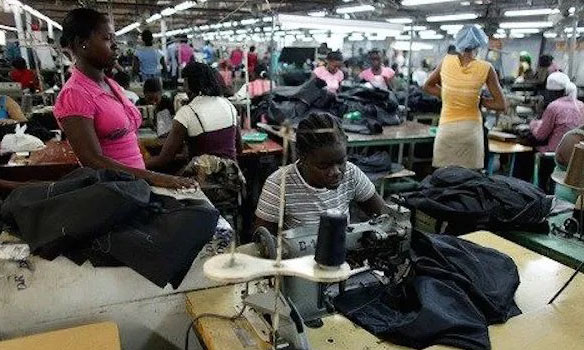DESPITE the contributions of developing and emerging economies towards global manufacturing, the United Nations Industrial Development Organisation (UNIDO) has stated that global manufacturing growth stayed low in 2014.
Specifically, UNIDO, in its latest report noted that world manufacturing production has been trapped in low growth for a prolonged period and there was no breakthrough in 2014.
UNIDO added that yearly growth of manufacturing value added (MVA) in industrialized economies has remained around 1.0 per cent for three consecutive years, and most global manufacturing growth was provided by developing and emerging industrial economies, where MVA grew by almost 5.0 per cent in 2014.
Indeed, the figures are presented in the International Yearbook of Industrial Statistics 2015, which has just been published by the United Nations Industrial Development Organization (UNIDO) in Vienna.
According to the Yearbook, global manufacturing value added grew by 2.3 per cent in 2014, with a marginal change in the growth from previous year.
“Low growth was observed particularly in the industrialized countries of Europe. Positive signs observed earlier in 2014 faded during the course of the year due to geopolitical tensions and reciprocal economic sanctions.
“Industrialized economies accounted for 64.1 per cent of global manufacturing output, with significant impact on the global manufacturing growth trends.
“The Yearbook highlights stark inequality between nations at the level of industrialization. MVA per capita in the least developed countries (LDCs) was less than USD 60 at 2005 constant prices, compared to USD 4,752 in industrialized economies.
“One of the proposed targets set as part of the proposed Sustainable Development Goals is to double industry’s share in the economies of LDCs”, UNIDO stated.
Furthermore, the Yearbook also highlights the existing gender gap in manufacturing employment, adding that the share of female employees in developing countries is much lower, except in a few sectors such as the production of wearing apparel and footwear.
Among the high technology sectors, female employees were found in larger number in the manufacture of radio and communications equipment.
Indeed, the international Yearbook of Industrial Statistics is one of UNIDO’s major statistical publications that presents detailed, country-specific, business structure statistics, which provide empirical evidence for formulating industrial policy and carrying out comparative analysis of structural change and productivity.










